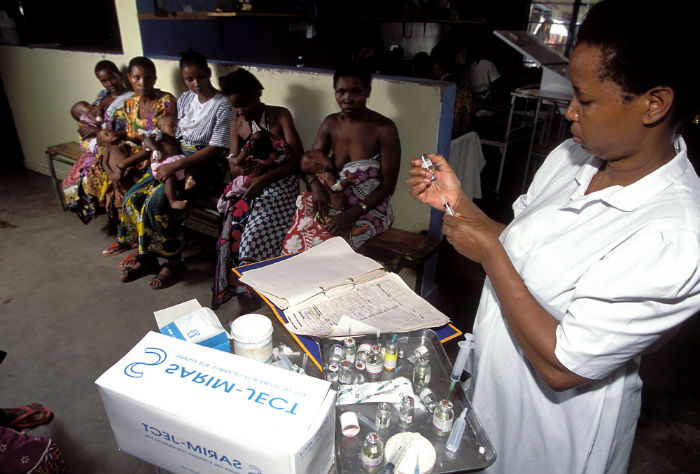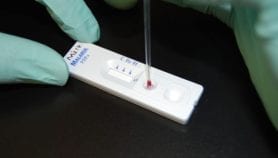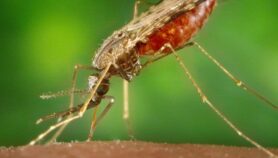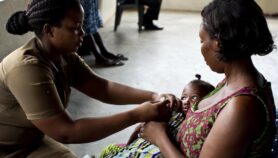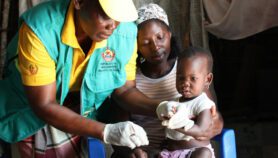Send to a friend
The details you provide on this page will not be used to send unsolicited email, and will not be sold to a 3rd party. See privacy policy.
[PORT LOUIS] A new study has found an unexpected malaria outbreak in a population that has benefitted from large-scale malaria prevention and control measures.
The study conducted during the rainy season in 2011-2012 in south-eastern Madagascar found that the infection rate of the malaria parasites was 25.6 per cent despite the population having been protected due to acquired immunity against the disease.
According to the study published last month (2 February) in the Malaria Journal, researchers randomly selected 440 households with 1,615 members who were at least six months old.
“The surprise here was to observe one in a zone of high transmission where people are supposed to have developed immunity.”
Thomas Kesteman, Institut Pasteur de Madagascar
The researchers used rapid diagnostic tests for malaria and collected rainfall and temperature data by remote climatic sensing during the rainy season.
They found that the mean bed net use on the day before the survey was 71.1 per cent and that the prevalence of the disease was higher in six to 14-year-old children in rural areas.
According to the researchers, the outbreak may have been caused by increased rainfall, decreasing use and reduced effectiveness of insecticide-treated bed nets, and drug shortages.
Thomas Kesteman, an epidemiologist at the Malaria Research Unit, Institut Pasteur de Madagascar, who led the study, tells SciDev.Net that malaria outbreaks normally occur in zones of low transmission because people are not immune to the disease.
”The surprise here was to observe one in a zone of high transmission where people are supposed to have developed immunity,” says Kesteman. “Some of the factors that contributed to the present outbreak were not modifiable, such as increase in rainfall, but others including supply in anti-malarial drugs were.”
Kesteman stresses that malaria control interventions must be sustained in high-transmission zones because they save thousands of lives, adding that other high-transmission areas in Sub-Saharan Africa could be at risk of outbreaks if control interventions are not correctly sustained.
Ambicaduth Bheecarry, a medical entomologist and head of the Vector Biology and Control Division in Mauritius’ Ministry of Health, says the findings are of interest to Mauritius “as the island is only a two-hour flight from Madagascar”.
Arsène Ratsimbasoa, director of Madagascar’s Direction de Lutte Contre le Paludisme, notes that prevention against malaria is being strengthened through interventions such as distribution of long-lasting bed nets although there are challenges.
“We are confronted with some difficulties as some of the areas are landlocked,” Ratsimbasoa says.
This piece was produced by SciDev.Net’s Sub-Saharan Africa English desk.
References
Thomas Kesteman and others Multiple causes of an unexpected malaria outbreak in a high-transmission area in Madagascar (Malaria Journal, 2 February 2016)


